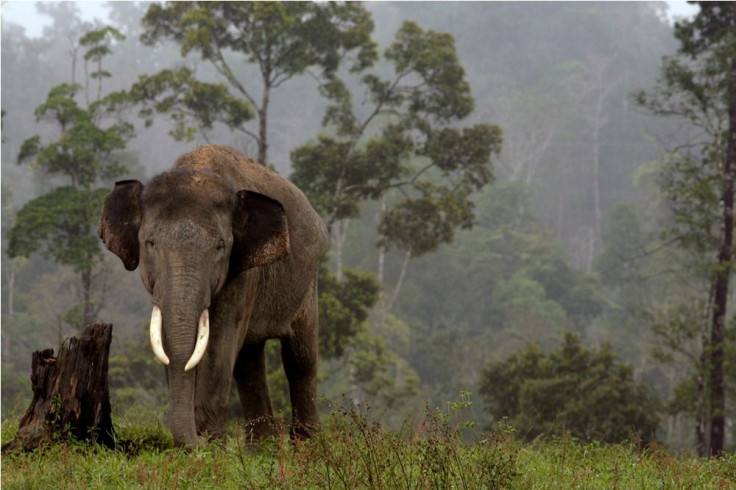Endangered Sumatran Elephant Shot Dead in Indonesia, Tusks Removed

A dead Sumatran elephant, believed to be killed by poachers, was discovered on Monday in an Indonesian forest in Aceh province. Its head was mutilated and tusks were also missing.
In a report by Yahoo! News, head of local Conservation and Natural Resources Agency Genman Sefti Hasibuan said that the dead animal found within the premises of a palm oil plantation was male and estimated to be 25 years old. Villagers in the area said that the animal may have been dead for four to five days from gunshot wounds.
Hasibuan also said on Tuesday that the animal was already rotting and its tusks were removed. According to Hasibuan, that was the first elephant death recorded for this year in the province. A team of investigators has already been sent to the area.
Only less than 3,000 Sumatran elephants roam the wild and experts say these creatures are facing extinction, unless conservatory measures are strictly implemented. Aside from poachers, the elephants are being killed by villagers as well since they interfere with their food source. Elephants ravage and trample on the farmlands in search for food, while villagers fend them off (usually killing them) to protect their homes and crops.
The Sumatran elephant is listed as “critically endangered” by the International Union for Conservation of Nature (IUCN). Their population has declined from an estimated 5,000 down to around 2,800. The assessment from IUCN states that “there is clear direct evidence from two provinces (Riau and Lampung) to show that entire elephant populations have disappeared as a result of the habitat losses of the past 25 years”.
There has been a decade-long and ongoing conflict between man and the endangered animal, with the latter being on the losing end. Deforestation paves way to the palm oil industry, which has contributed to the elephants’ habitat loss.
To contact the writer, email: wendylemeric@gmail.com





















